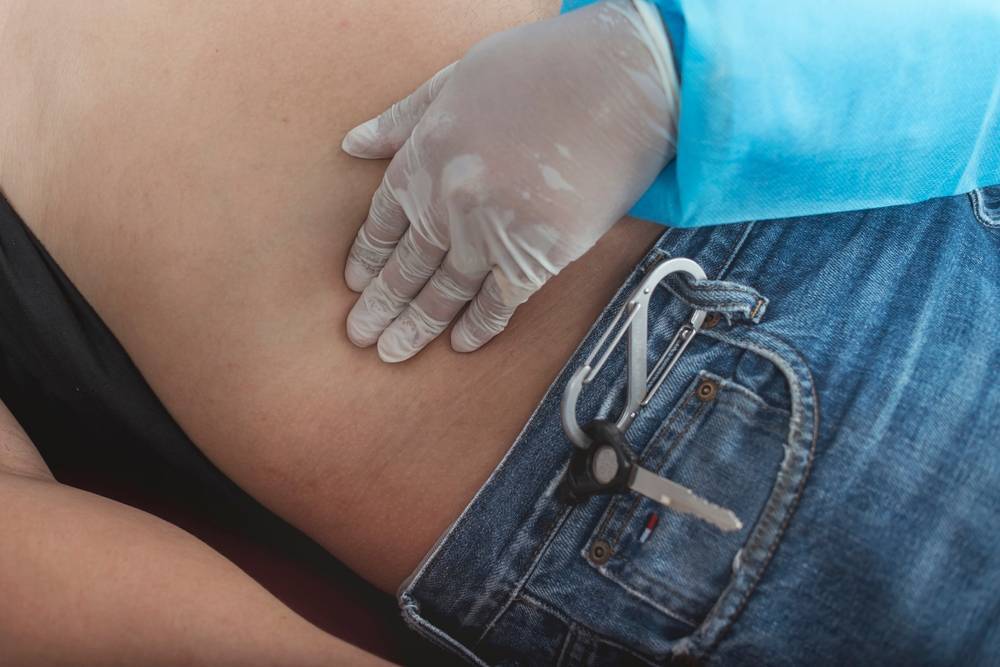Appendicitis leads to more emergency abdominal-related surgeries than any other cause.
Appendicitis is the inflammation of the appendix. Recent studies show that although it is a very manageable condition, it is a rising global disease that may burden the healthcare system in the coming years.
The function of the Appendix
The appendix is found in the lower right of the abdomen. It is like a long pouch that hangs down from the large intestine. For the longest time, its function in the human body was a mystery but recent studies have started to describe its importance. Even if an individual can survive without it, it turns out that the appendix may play a role in maintaining good bacteria in the digestive system. When it becomes inflamed, it will cause an infection in the abdomen.
Causes of Appendicitis
Obstruction is the primary cause of appendicitis. It may be due to:
- Hard stool masses
- Calculi or stones
- Foreign objects
- Infection
- Intestinal worms
- Trauma
- Benign or malignant tumours
Symptoms of Appendicitis
As the swelling of the appendix persists, pain becomes initially present around the central abdomen or around the region of the belly button. During the first 24 hours, there is significant inflammation of the appendix. Afterwards, there will be an inflammation of the tissue lining the inner abdomen, called peritonitis.
The common symptoms of appendicitis then develop which are:
- Pain in the lower right abdomen
- Nausea and vomiting
- Loss of appetite
- Anorexia
- Fever
Other atypical symptoms are:
- Indigestion
- Flatulence or gas buildup in the digestive system
- Irregular bowel movements
- Diarrhoea
- General malaise or feeling ill
Diagnosis
Clinicians examine the abdominal area to look for signs of appendicitis. Initial diagnostic procedures include:
- Physical examination (with rectal exam)
- Pelvic examination for women
When this is insufficient, further tests and imaging may be done such as:
- Computed tomography scan (highest accuracy)
- Ultrasound and magnetic resonance imaging for pregnant women and children (radiosensitive population)
- Urine test (to rule out a urinary tract infection or kidney stones)
- Blood test (to track white blood cells responding to infection)
Treatment
The approach to treatment depends on whether the appendix has burst or not. If not, the treatment will be quicker and less invasive. The usual options to treat appendicitis are:
- Antibiotics – With an intact appendix, antibiotics are used to treat appendicitis, especially for those who are unfit for surgery or those who refuse it. However, routine use of antibiotics is not recommended and recurrence is very common without surgery. In the event of a burst appendix, antibiotics are given before open surgery to allow time for the body to take its natural course in containing the infection. Afterwards, surgery becomes the best option.
- Open surgery or “appendectomy” – aims to pull out the appendix; this has a 120-year record of being the safest and most effective approach to appendicitis. This has the lowest rate of pus buildup as compared to laparoscopic surgery and is the choice for pregnant women to reduce the risk of fetal loss.
- Laparoscopic surgery – less invasive than open surgery; makes an incision using long and thin tools with a camera called a laparoscope to have a good visual field inside the abdomen to be able to remove the appendix. This has a lower rate of wound infection, and it gives better exposure to the right lower abdomen in obese patients.
Possible Complications after Appendectomy
A smooth recovery is possible after an appendectomy with minor constipation, pain, and bruising. But like any other surgery, complications may also rise. Patients should watch out for wound infection, pus formation, decreased intestinal movements or peristalsis, infections, and gangrene of the bowel. When this happens, contacting the doctor should be a priority.
The risk of mortality and complications is more common in patients who are older (above 80 years old) and those who are immunocompromised. Conditions that may predict complications in surgery include:
- Severe cardiovascular disease
- Previous antimicrobial therapy
- Autoimmune diseases
- Previous episodes of suspected appendicitis
In children, post-surgery complications are higher in:
- Those who are older
- Higher BMI
- Fever during or 3 days after surgery
- High white blood cell count on the 5th day after surgery
Prevention of Appendicitis
Unfortunately, there is no means to avoid appendicitis but there are studies that say that a high-fiber diet may reduce its risk. This is because food rich in fibre promotes regular and smoother bowel movements thus reducing the chance of hard stool formation getting stuck in the appendix. If appendicitis is caught early, treatment and recovery should be faster with fewer complications.

